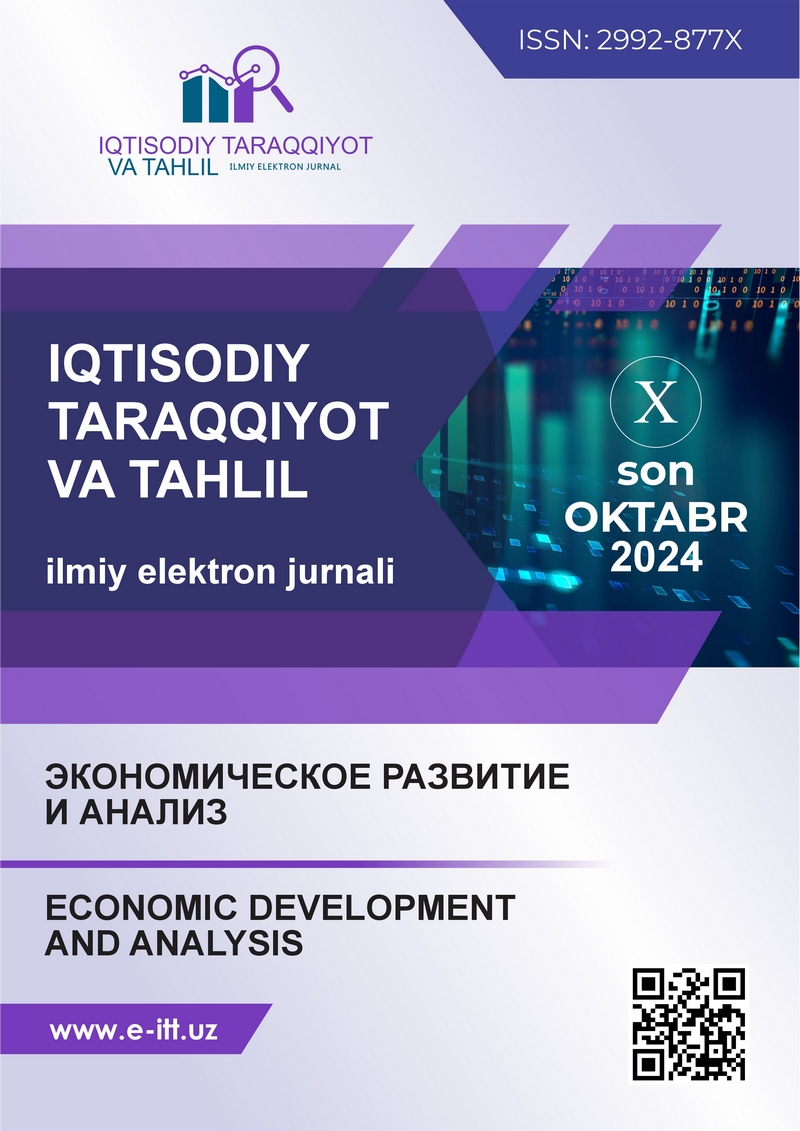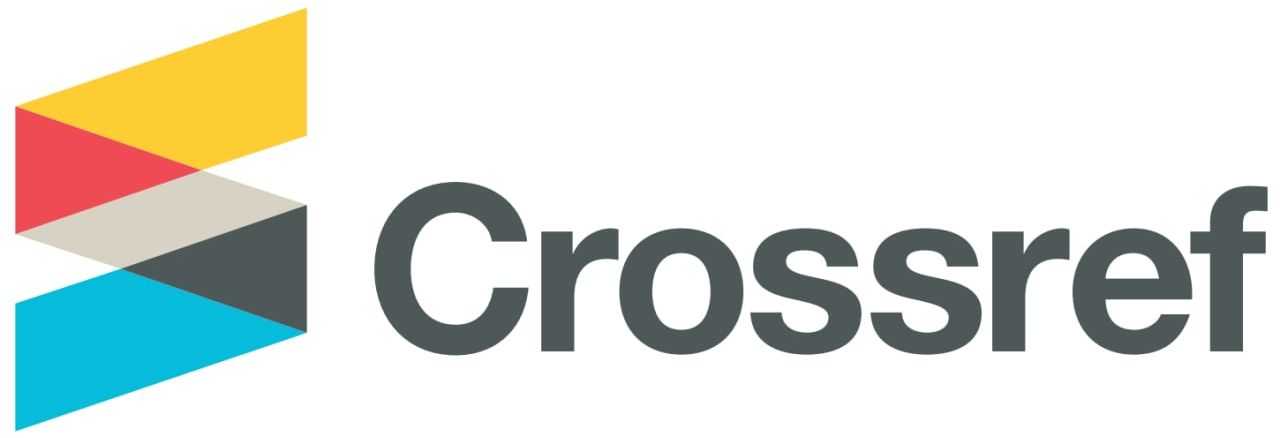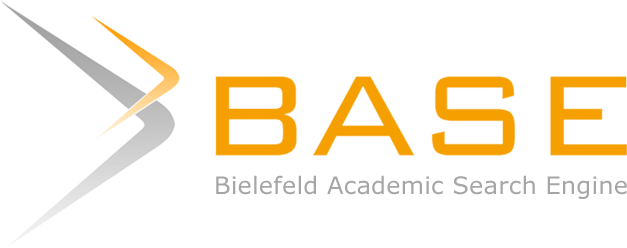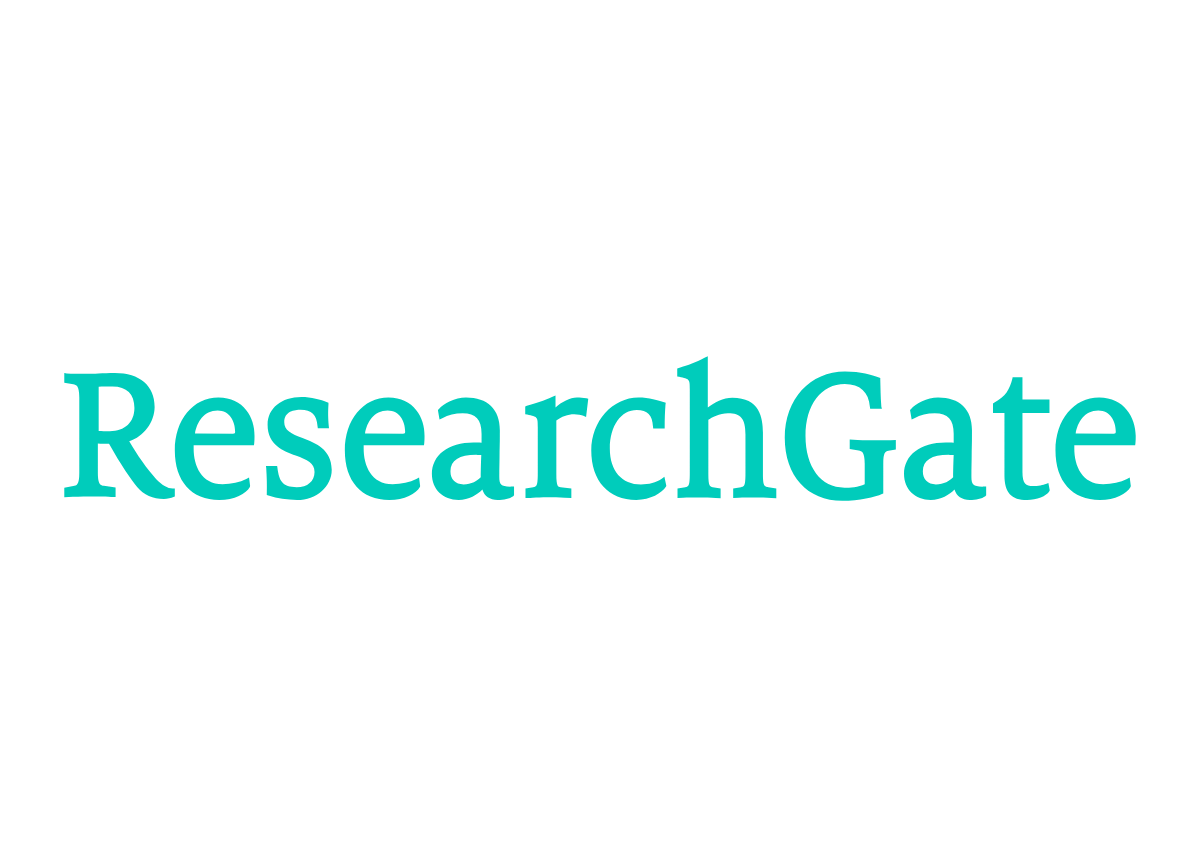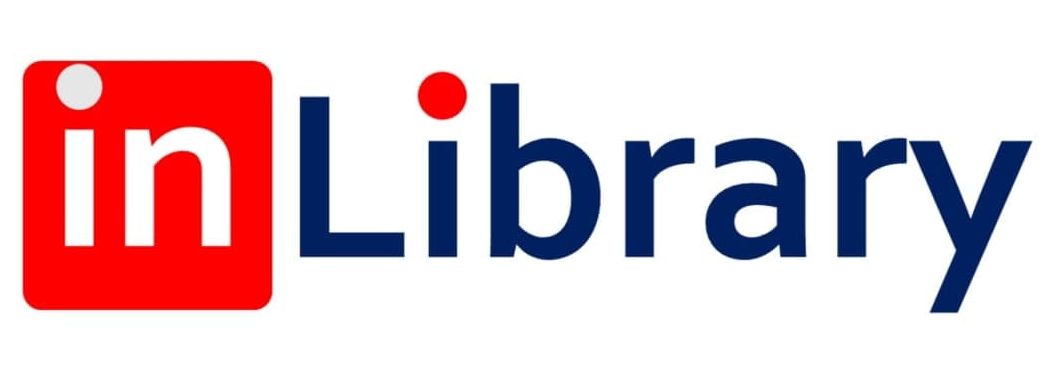CALCULATION OF BIOLOGICAL ASSETS IN FISHERIES BASED ON IFRS IMPROVEMENT
DOI:
https://doi.org/10.60078/2992-877X-2024-vol2-iss10-pp18-27Abstract
In this article, the issues of justifying the methodological aspects of the application of the IAS "Agriculture" in fisheries are covered. In particular, in relation to biological assets in fisheries, the rules for their recognition have been formulated based on the general rules of the IAS No. 41 "Agriculture"; directions for improving production cost accounting and product costing in fisheries in accordance with IAS No. 41 are indicated, and biological assets and products derived from them are categorized. Also, the use of international experience in the evaluation and accounting of fishery products made it possible to meet the requirements of the IAS and to integrate (harmonize) with the international community.
Keywords:
international Financial Reporting Standards (IAS) biological assets biotransformation production cost accounting product costing long-term assets current assets fair valueReferences
Dusmuratov R.D. (2022) Buxgalteriya hisobi nazariyasi. Darslik. –T.: “IQTISOD-MOLIYA”, — B.459.
Kodeks (2022) Oʻzbekiston Respublikasi Fuqarolik kodeksi. – T.: Adolat, – 560 b.
Menglikulov B.Yu. (2019) Biologik aktivlarni tan olish va hisobini tashkil etish. Moliya va bank ishi, elektron ilmiy jurnal. 5-son. sentyabr – oktyabr.
АССА, (2011) Международные стандарты финансовой отчетности, 2011: издание на русском языке. М.: Аскери –АССА, – С.642.
Болтаев А. (2024) БИОЛОГИК АКТИВЛАР ҲИСОБИНИНГ УСЛУБИЙ ЖИҲАТЛАРИНИ ТАКОМИЛЛАШТИРИШ //Economics and Innovative Technologies. – Т. 12. – №. 1. – С. 36-47.
Хоружий Л.И., Доржиев Д.Ц. (2010) Методика оценки и учета прудовых земель и продукции в рыбовод-ческих организациях /Бухгалтерский учет в сельском хозяйстве. — №10. – С. 4-7.
Downloads
Published
How to Cite
Issue
Section
License

This work is licensed under a Creative Commons Attribution 4.0 International License.

